Google expands Classroom with new features in free and paid tiers
More analytics and support for educators as Classroom evolves


Google has shown off updates for its Google Classroom product, aimed at improving the efficiency of educators and engagement of students.
The updates include an expanded Google for Education App Hub to help educators and administrators find apps that can be easily integrated into Classroom assignments as well as be easily provisioned and managed within the Google Admin Console.
Google also announced tile pairing in Google Meet - permitting the highlighting of two users in a meeting whenever one speaks - as well as Q&A and polling for live streams in an effort to boost engagement. Furthermore, the maximum number of participants in Meet for Education Plus subscribers is to be increased to 1,000 from 500.
Other globally available features for Education Plus subscribers include functionality permitting educators and support staff to temporarily visit a class to help or monitor educators without having to be assigned as co-teachers.
RELATED RESOURCE
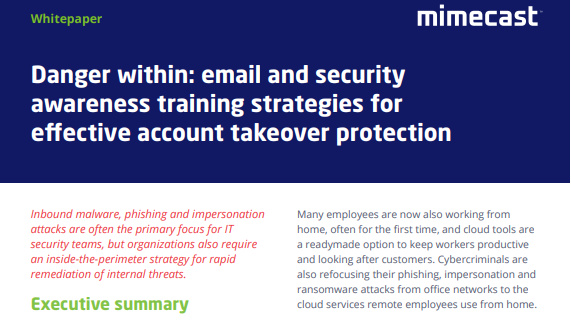
Security awareness training strategies for account takeover protection
Why you need an inside-the-perimeter strategy for internal threats
The company is also running an early access program for Read Along in Google Classroom, aimed at language teachers. The plan is that educators can assign reading assignments, monitor class and pupil performance (using metrics such as speed, accuracy and comprehension) and modify their plans accordingly.
Another beta allows simplified lesson planning through the sharing of links to useful material and permits other educators to preview and import classwork. The beta is only available with the Google Workspace for Education Plus edition.
Sign up today and you will receive a free copy of our Future Focus 2025 report - the leading guidance on AI, cybersecurity and other IT challenges as per 700+ senior executives
Also still in beta is practice sets which, according to Google, “makes it easier to support differentiated learning and see insights on students’ progress.” The tool also makes use of AI in the selection of resources.
Finally, as part of practice sets, Google plans to add the ability for Educators to add their own questions or select and edit questions suggested with the assistance of AI.
What is Google Classroom?
Google Classroom is a suite of tools aimed at making online learning easier and is constantly evolving as Google adds features.
The suite makes use of familiar Google products such as Docs, Sheets and Slides and its initial mandate was to remove the need for paper in classes. It has grown over the years with tools added to assist in remote learning and grading.
Although it will run in most environments that have browser access, an educational institution must still sign-up for the service in order to add students and educators to the platform.
While Google stores information such as the student’s name, it has said it does not use this for advertising. However, the company has come under fire in recent years for incentivizing schools to allow Google to collect data from some projects for “educational purposes.”
What will it all cost?
The updates to Google Classroom are useful additions, but some are limited to the Google Workspace for Education Plus, for which the company expects payment.
Google Workspace for Education Fundamentals - formerly known as G Suite for Education - is free, but to access tools such as insights and analytics, as well as security management and engagement features, users must subscribe.
While suites such as Google Classroom saw a substantial uptick in usage during the COVID-19 pandemic, administrators in the sector are particularly sensitive to cost when considering the updated features.
Google did not immediately respond to a request for comment on pricing for the updates.

Richard Speed is an expert in databases, DevOps and IT regulations and governance. He was previously a Staff Writer for ITPro, CloudPro and ChannelPro, before going freelance. He first joined Future in 2023 having worked as a reporter for The Register. He has also attended numerous domestic and international events, including Microsoft's Build and Ignite conferences and both US and EU KubeCons.
Prior to joining The Register, he spent a number of years working in IT in the pharmaceutical and financial sectors.
-
 The six biggest security challenges coming in 2026
The six biggest security challenges coming in 2026In-depth What will be the main challenges businesses face in 2026 and what can they do to prepare?
-
 Channel focus: All you need to know about Microsoft's partner program
Channel focus: All you need to know about Microsoft's partner programChannel Focus The veteran OS developer and vendor continues to advance its strategy, particularly in Azure cloud solutions and AI
-
 Google CEO Sundar Pichai thinks software development is 'exciting again' thanks to vibe coding — but developers might disagree
Google CEO Sundar Pichai thinks software development is 'exciting again' thanks to vibe coding — but developers might disagreeNews Google CEO Sundar Pichai claims software development has become “exciting again” since the rise of vibe coding, but some devs are still on the fence about using AI to code.
-
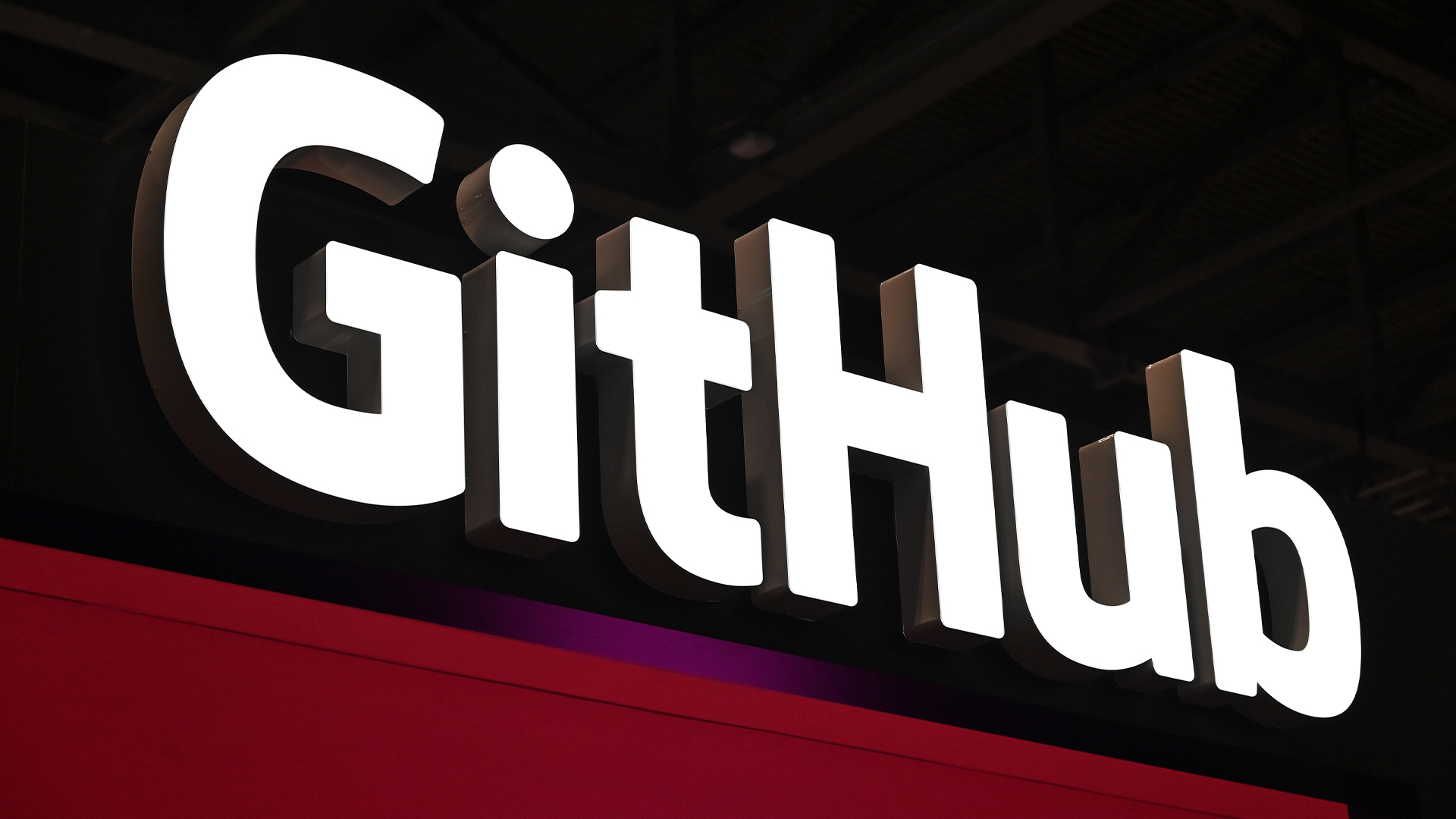 GitHub is scrapping some Claude, OpenAI, and Gemini models in Copilot – here's what you need to know and what alternatives are available
GitHub is scrapping some Claude, OpenAI, and Gemini models in Copilot – here's what you need to know and what alternatives are availableNews GitHub Copilot users are urged to switch to the newer models following the retirement cut-off
-
 UK government programmers trialed AI coding assistants from Microsoft, GitHub, and Google – here's what they found
UK government programmers trialed AI coding assistants from Microsoft, GitHub, and Google – here's what they foundNews Developers participating in a trial of AI coding tools from Google, Microsoft, and GitHub reported big time savings, with 58% saying they now couldn't work without them.
-
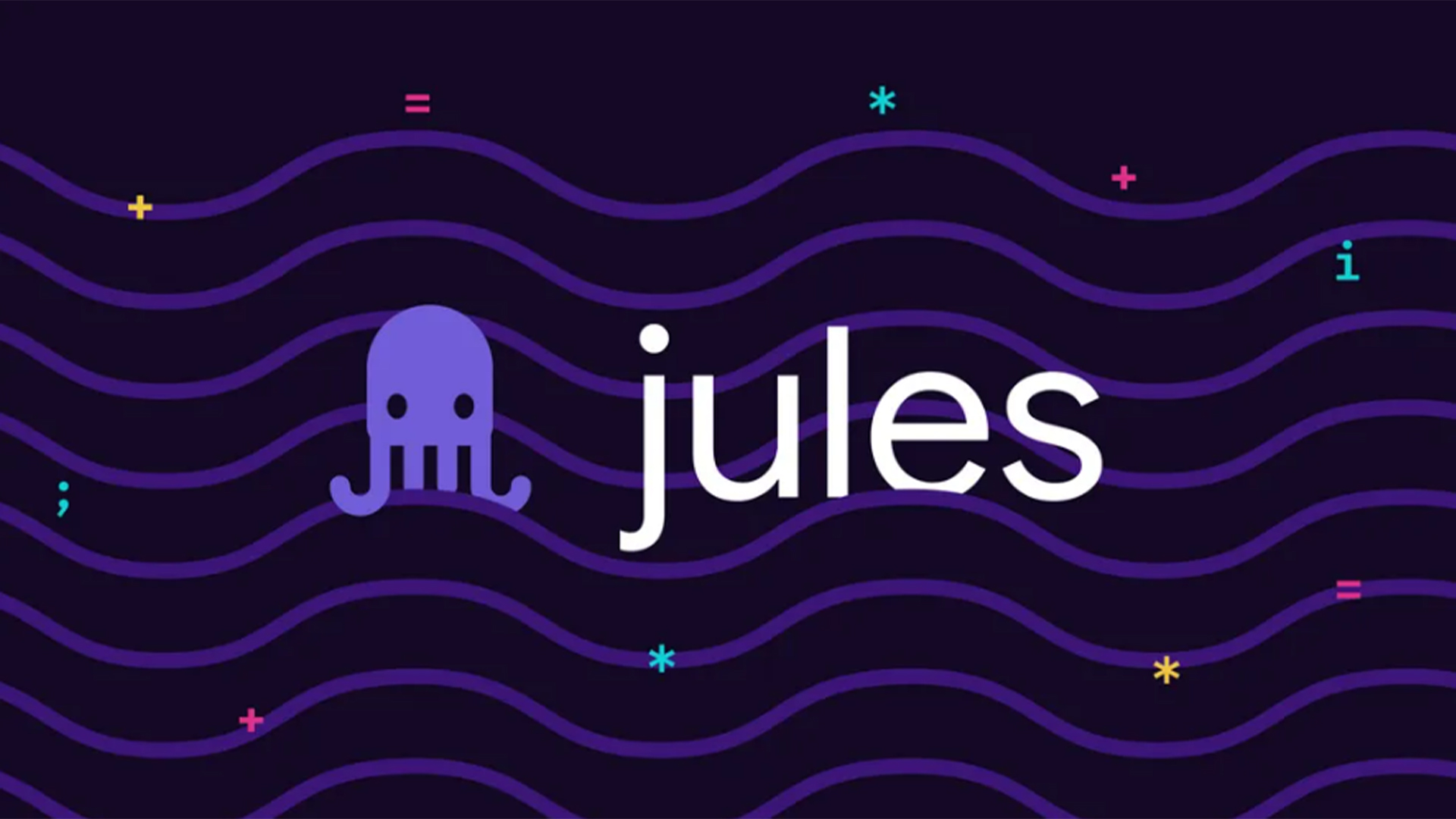 Google's new Jules coding agent is free to use for anyone – and it just got a big update to prevent bad code output
Google's new Jules coding agent is free to use for anyone – and it just got a big update to prevent bad code outputNews Jules came out of beta and launched publicly earlier this month, but it's already had a big update aimed at improving code quality and safety.
-
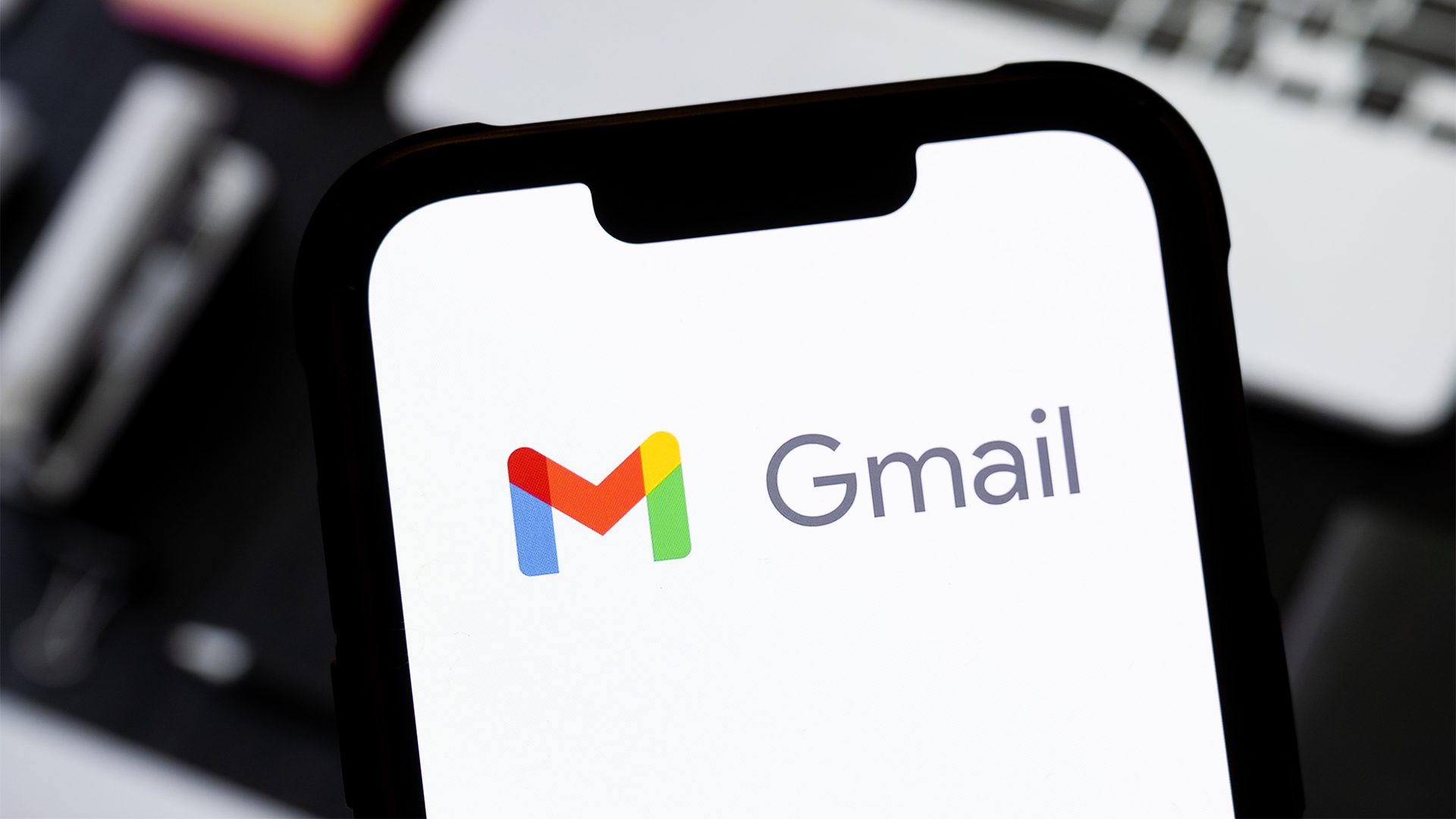 This handy new Gmail feature is exactly what you need to clean up your inbox
This handy new Gmail feature is exactly what you need to clean up your inboxNews A simple change in Gmail will give users more control over repeat senders
-
 OpenAI's plan to acquire AI coding startup Windsurf ended in disaster – here’s how the deal fell apart
OpenAI's plan to acquire AI coding startup Windsurf ended in disaster – here’s how the deal fell apartNews The acquisition by Cognition comes after a rumored $3bn offer from OpenAI fell through
-
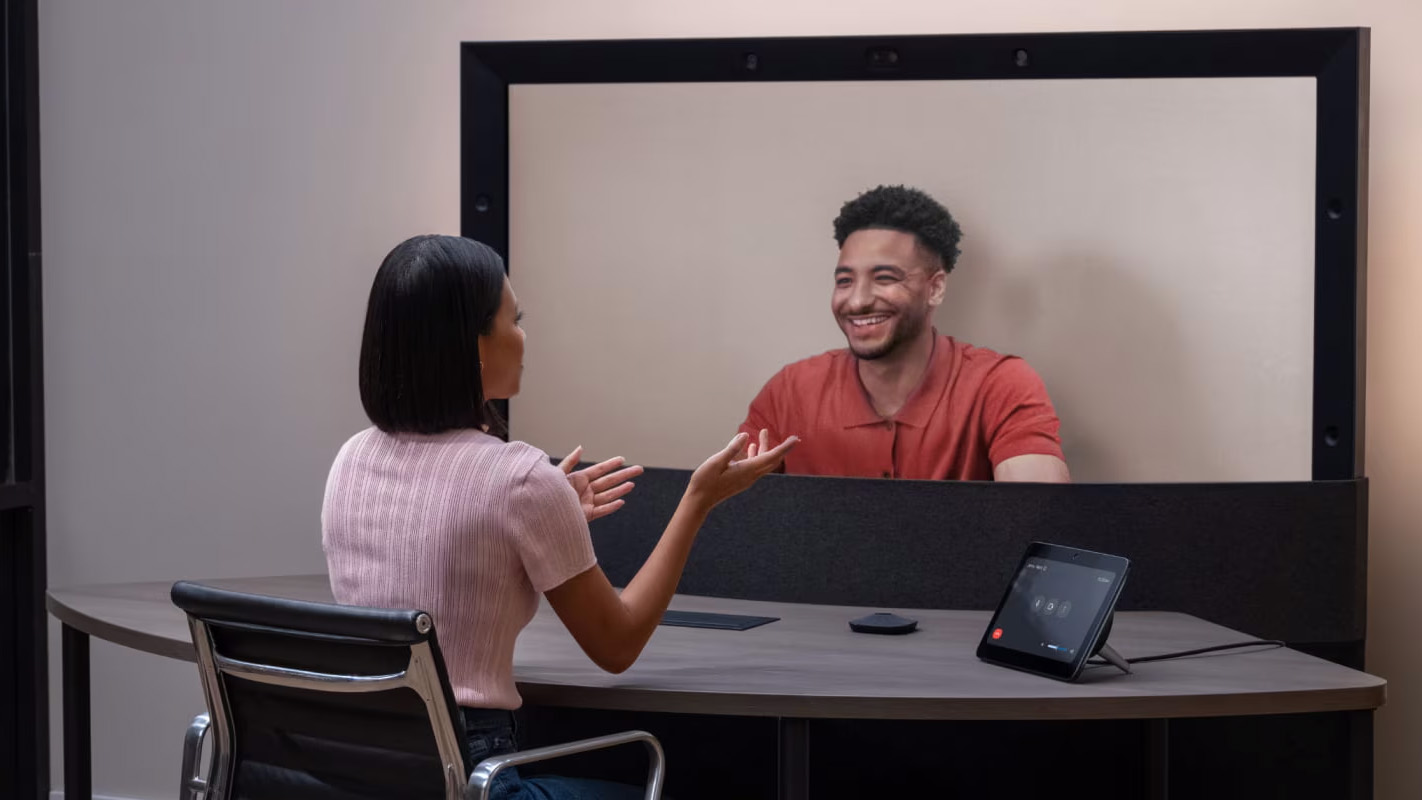 How immersive does a video meeting really need to be?
How immersive does a video meeting really need to be?Opinion It’s time to accept that virtual business meetings are awful and no amount of innovation will make them more engaging
-
 ‘Developers will need to adapt’: Microsoft CEO Satya Nadella joins Google’s Sundar Pichai in revealing the scale of AI-generated code at the tech giants – and it’s a stark warning for software developers
‘Developers will need to adapt’: Microsoft CEO Satya Nadella joins Google’s Sundar Pichai in revealing the scale of AI-generated code at the tech giants – and it’s a stark warning for software developersNews Microsoft CEO Satya Nadella is the latest big tech figure to reveal the scale of AI-generated code at the tech giant, prompting more questions about the future of software development.